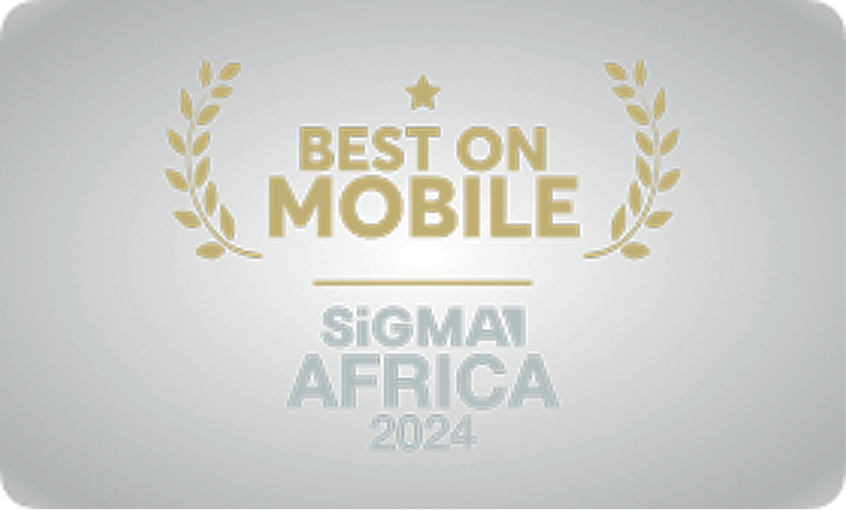ISSI Online Seminar Series Game Changers: How Missions Change(d) our View of the Solar System.
The Hayabusa missions have been the first landing and sample return missions to asteroids. They are marveled worldwide amongst space scientists, engineers and enthusiasts for the novel technologies used at comparatively low cost. Hayabusa was launched in 2003 to the near-Earth asteroid Itokawa and returned asteroid dust to the Earth, when the sample container landed in Australia on June 13, 2010. This was the first sample of an asteroid (S-type) brought back to Earth. Hayabusa was followed by Hayabusa2 launched in 2014 to C-type near-earth asteroid Ryugu. Hayabusa2 took samples from two sites in February and July 2019 that are expected back on December 6, 2020. In addition to sampling, Hayabusa2 carries an ambitious payload including optical and thermal infrared cameras, a near-infrared spectrometer and a LIDAR. Moreover, Hayabusa2 created an impact crater on Ryugu with its small carry-on impactor (SCI) and landed four rovers, one, MASCOT, provided by the German Aerospace Center DLR and three Japanese Minerva rovers. With its payload, Hayabusa2 did a thorough exploration of a very primitive body, a likely remnant of the planetesimals that formed the Earth and the planets.









